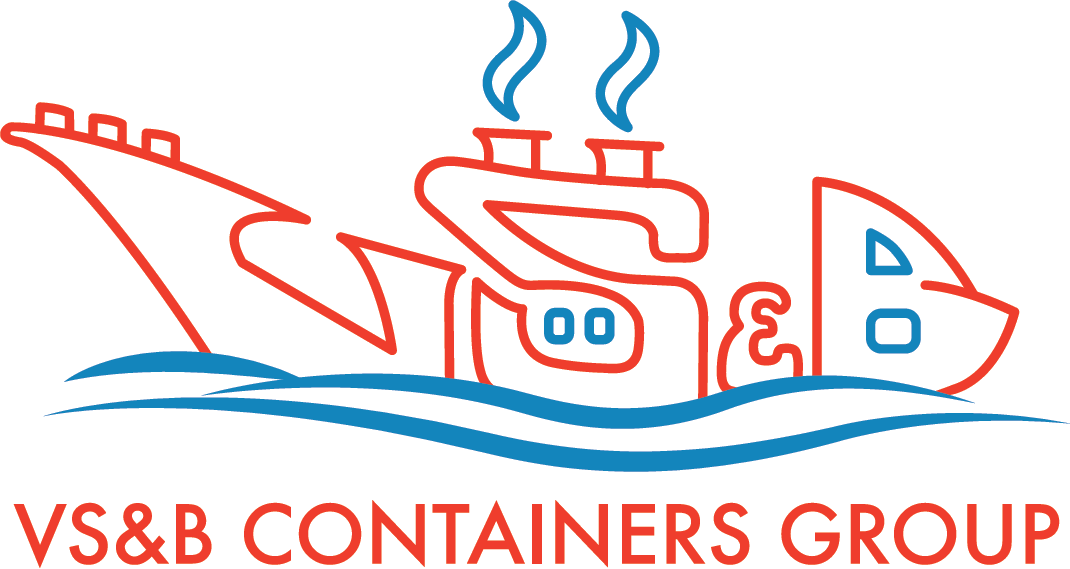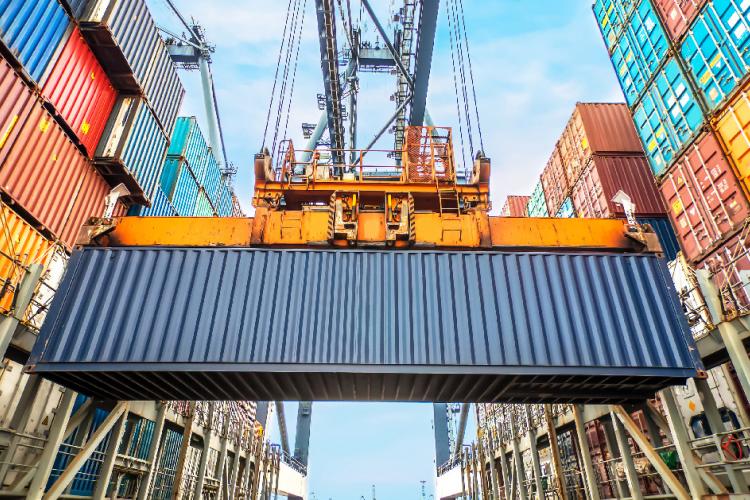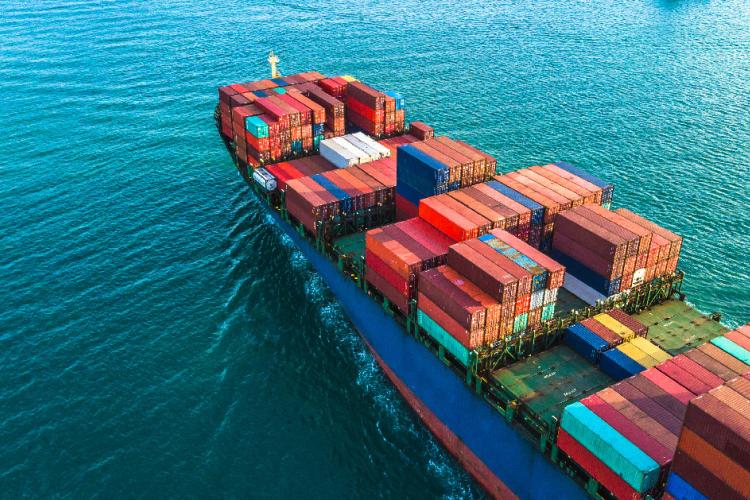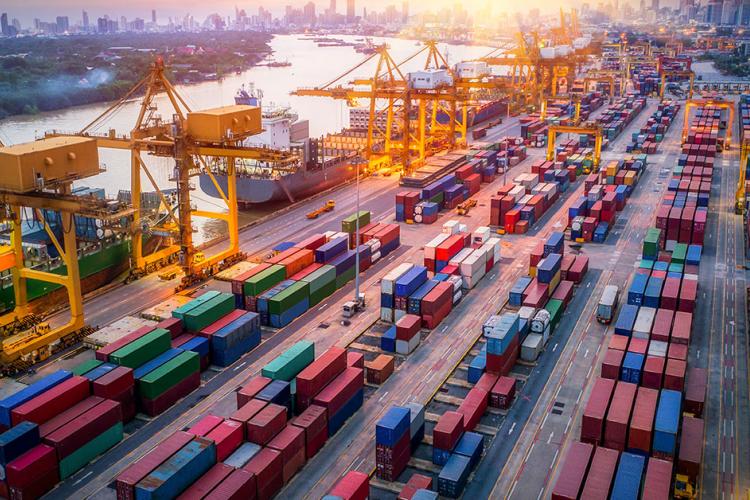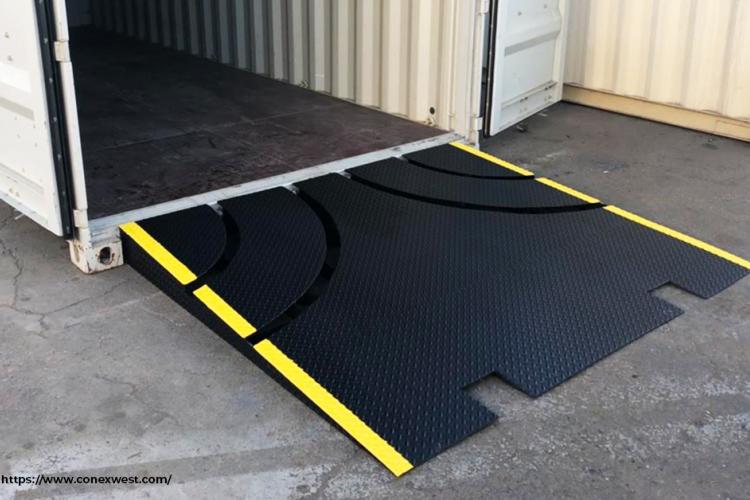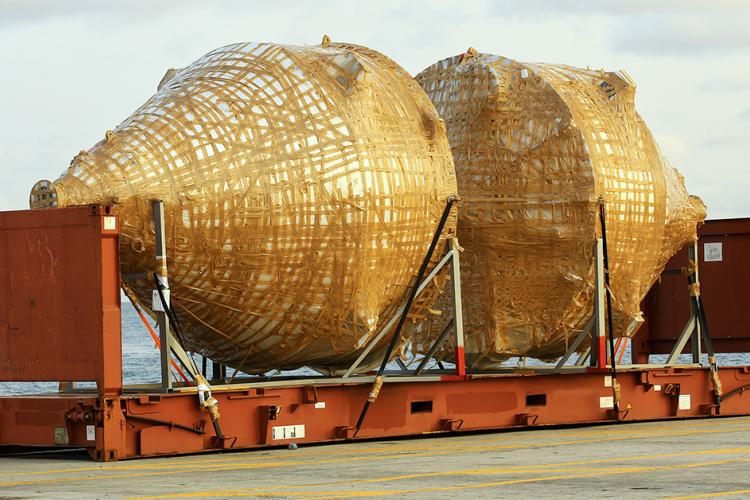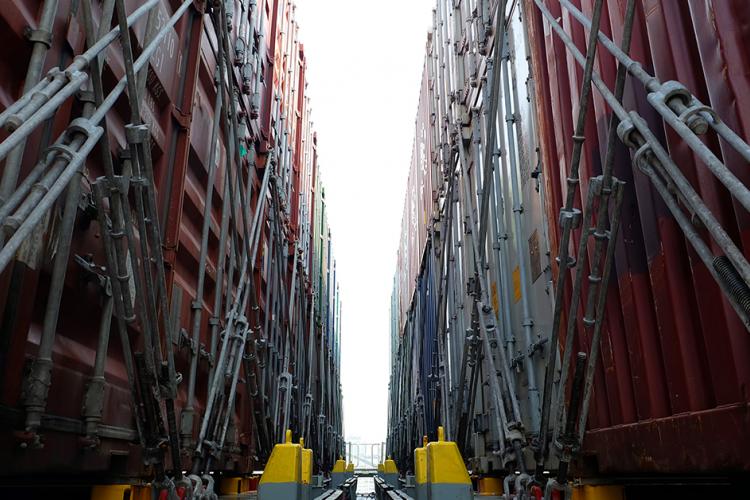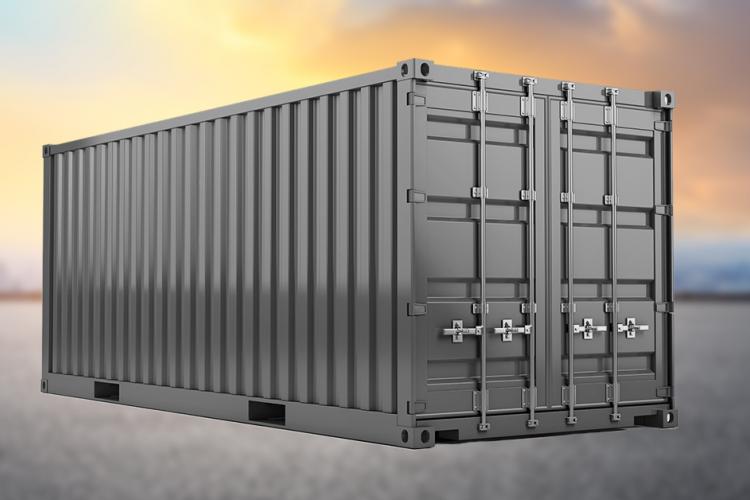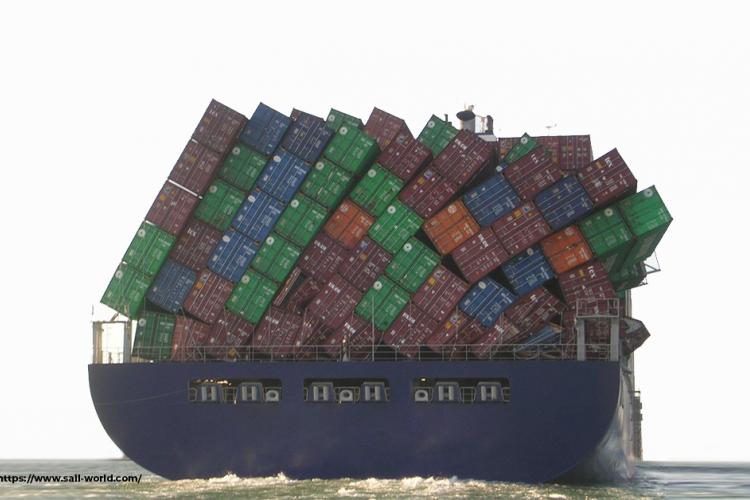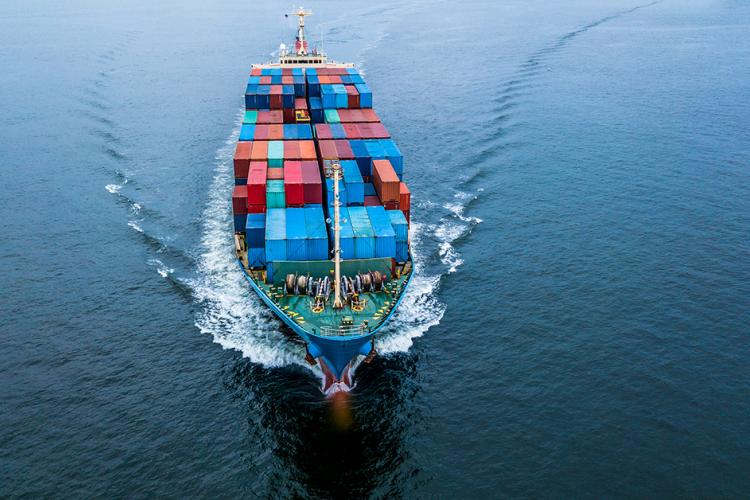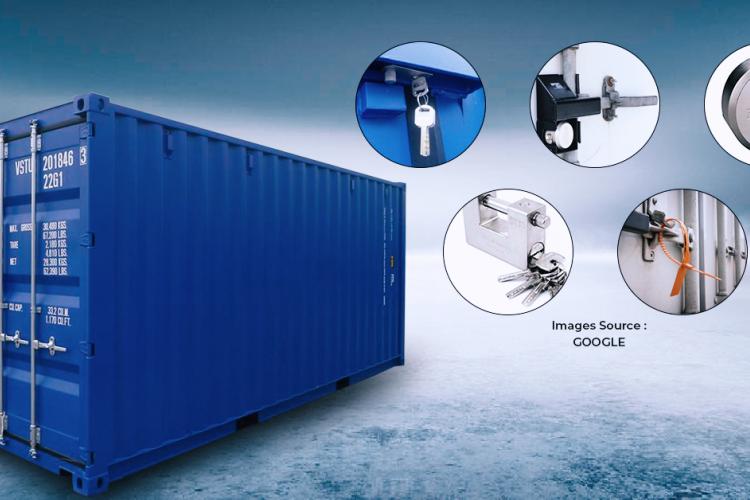Imagine you’re navigating half a century back in time! How would the ships and ports of those bygone times appear to you? The stark contrast you will experience compared with the scenario today will give us a good impression about the pace at which shipping has progressed over the decades. Even back then, industry experts had rightly said that standardized containers would revolutionize the economics and convenience of shipping merchandize far and wide across the oceans and deep into the interiors by rail and roadways.
23 August 2021
The objects we use daily, be it housing, vehicle, equipment or even the clothes we wear on special occasions, are owned by us, or rented for a fixed period. Now, when we relate such a scenario to shipping and logistics, an obvious question that should arise in our mind is, “who owns the containers that serve a vital role in ferrying goods, and what happens to the containers after they have performed their jobs?”
17 August 2021
Transportation of freight in shipping containers is a primary feature of the logistics business, and we know from our experience that businesses will continue to face increasing costs and challenges throughout the supply chain process.
13 June 2021
Container Ramp is a levelling device used to make way for the height difference between a storage place (warehouse or building) and a transporting vehicle or shipping container. It creates a smooth passage for forklift trucks to carry cargo on and off the containers and loading bays. We commonly come across ramps in and around warehouses, shipping and locomotive yards. Ramps compensate for the height difference and the horizontal gap between the container and the loading bay in such a way that forklift trucks and pallet jacks can move in and out of the containers with goods safely, eliminating the need to fix a permanently raised structure. It also benefits in places having no loading bays, and the ramps act as an ascending bridge between the ground and the floor of the container.
3 June 2021
We are all rather familiar with the appearance, dimensions and uses of the standard dry shipping containers and reefers. As we know, standard containers are closed on all sides and equipped with a door on the front side.
But wouldn’t you be interested to know that there’s yet another type of container called “Flat Rack Containers”?
29 May 2021
In 2019, the shipping industry carried 226 million containers across the globe with cargo valued at over US$4 trillion. It’s interesting to observe that between 2008 and 2019, on average1382 containers, sank into the sea every year due to stack collapses. This brings us to the question – What causes container collapses, and how can we exercise better control over such incidents?
27 May 2021
Think of a scenario where a container owner places his empty containers at another location without having to incur the usual freight charges that would apply for empty container repositioning. Will this not sound profitable to the container owner? Well, this is indeed what is achievable when a container-owning company transports containers as “One-way containers” and “One-trip containers” to other locations. Let’s go a little deep to understand how this works.
15 May 2021
According to the World Shipping Council, between 2008 and 2019, an average of 1382 containers was lost at sea each year. This adds up to a staggering 16,584 containers lost during the period.
15 April 2021
Weight distribution in container stacks directly affects a vessel’s stability.
5 April 2021
Imagine when it comes to transporting goods in shipping containers, why should we display a sense of complacency with an instinctive trust that the consignment would be in safe hands till it reaches its final destination? In reality, many a time we are caught on the wrong foot and will regret the casual attitude adopted while stuffing containers with goods and handing them over to the shipper without giving a second thought about the security of the valuable contents inside.
